NHS at 70: Service viewed as retrograde step by Falkirk hospital managers all those years ago...
and live on Freeview channel 276
But despite the desperate need for manpower, a surprisingly large number were turned away as being unfit for service.
In the weeks that followed, Falkirk’s Infirmary in Thornhill Road was packed with intending recruits being treated for “anaemia, sciatica, rheumatism, hernia, flat feet, scabies and eczema” to make them fit enough to face the Flanders mud and enemy guns.
Advertisement
Hide AdAdvertisement
Hide AdIt was an activity that was repeated all over the land as the powers-that-be discovered that the general health of the population was a real threat to Britannia’s rule and that something had to be done if the nation was to remain a great power.
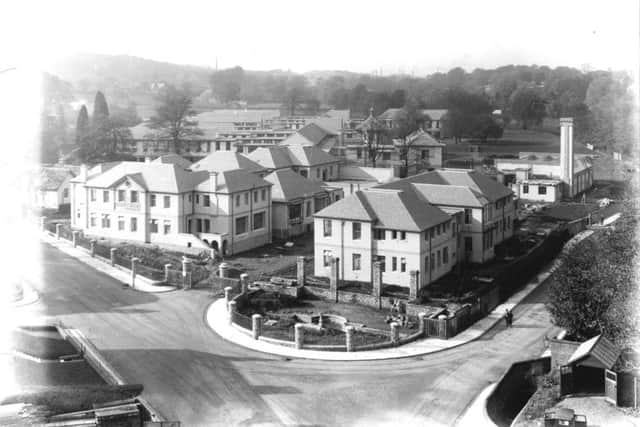

This, along with a growing unease at an unequal and unjust society, triggered the movement that resulted in the introduction of the NHS on July 5, 1948.
Between the wars Falkirk had a patchy provision of health care with doctors operating private practices and providing paid-for services funded by various insurance schemes and by fee-paying patients.
They were fiercely independent and resented the NHS proposals as they emerged in the 1930s and 40s which they feared would turn them into salaried state employees with ‘Big Brother’ calling all the shots.
Advertisement
Hide AdAdvertisement
Hide AdIn Falkirk the leading spokesman was Dr J Chalmers Clark who was careful to say in his many articles and speeches that doctors supported the idea of a free service but not the one being proposed by the Labour Party before and after Word War Two.
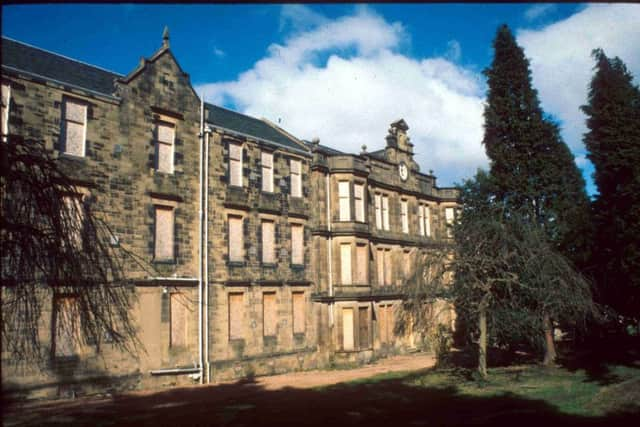

As the British Medical Association chairman in Stirlingshire, he led the opposition to the plans supported by the overwhelming majority of family doctors locally.
The situation with the hospitals was mixed. The Burgh Hospital at Lochgreen, the Fever Hospital in Camelon and Blinkbonny Home in Windsor Road were funded and operated by Falkirk Town Council with government support.
The main infirmary since 1932, at Gartcows, was what it had always been – an independent institution built and paid for by voluntary contributions, subscriptions, legacies, donations and fundraising.
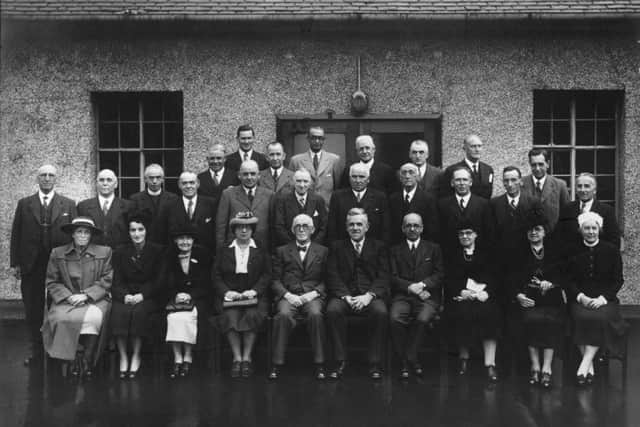

Advertisement
Hide AdAdvertisement
Hide AdIt was true that there had been a steady increase in public funding for specific public health initiatives and that was eating away at the ‘voluntary principle’ which the infirmary managers held so dear.
For example, when Gartcows Hospital was in the planning stage in the 1920s the managers made it clear that they would not provide maternity services and that if the government wanted them, it would have to pay.
It did ... and also provided a unit to treat certain unmentionable conditions which were not on the managers’ priority list!
The managers, leading men and women locally, were hostile to the take over of their hospital.
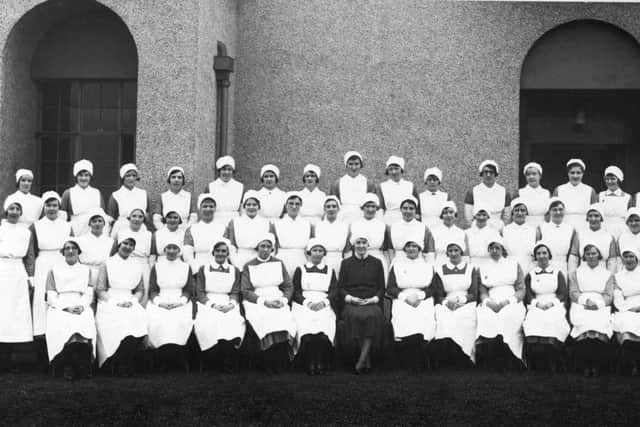

Advertisement
Hide AdAdvertisement
Hide AdAs early as 1930 they declared: “It would indeed be a bad day for our hospitals should they ever be taken over by the state ... serious injury would be done to the welfare of the sick ... the training of the medical profession and the progress of medical research”.
They were convinced the planned NHS would never be able to achieve what they had done and breaking the link between the infirmary and the people who paid for it would be a retrograde step.
However, as time went on, most recognised that the rapid increase in demand for medical services was placing an almost impossible financial burden on the institution and each year it became more difficult to balance the books.
New equipment was needed to keep up with advances in treatment and the voluntary principle was creaking at the seams.
Advertisement
Hide AdAdvertisement
Hide AdDespite that, when it became clear that the NHS would go ahead, along with an air of resignation, there was more than a touch of defiance in their final message: “If this country thinks it can do a better job by nationalisation than we have done by voluntary methods then the nation must go ahead and prove it. We should not be downhearted about change; we have had a good run and we have done a good job”.
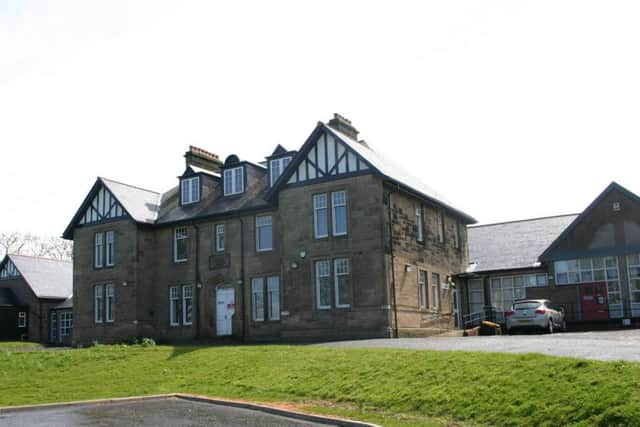

As late as the early months of 1948, arguments raged as national compromises were hammered out.
Dr Clark and his colleagues now argued about salaries, whether or not they could retain an element of private practice and what compensation they would receive by way of the goodwill built up by individual doctors over the decades.
In the end there was give and take on both sides and the vast majority of doctors accepted the proposals and entered the NHS scheme.
Advertisement
Hide AdAdvertisement
Hide AdDr Chalmers Clark continued his opposition but by the mid 1950s the battle was more or less over.
Falkirk Infirmary joined with Blinkbonny, Camelon and Lochgreen to form a Board of Management, which bore remarkable similarity to the previous one.
The Friends of Falkirk Royal Infirmary emerged as a fundraising support group to maintain something of the voluntary principle which had served it so well – and 70 years later it still does.
